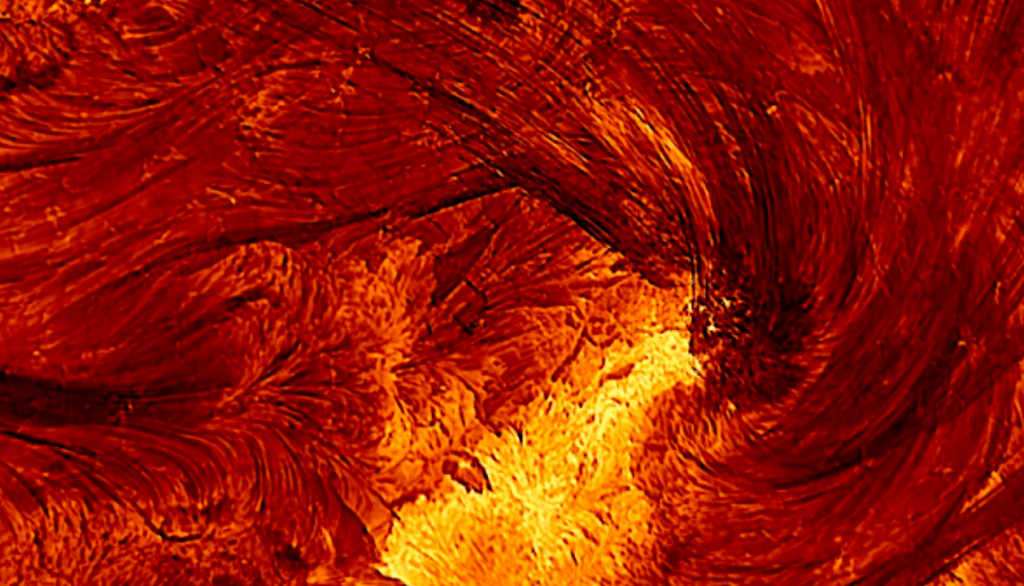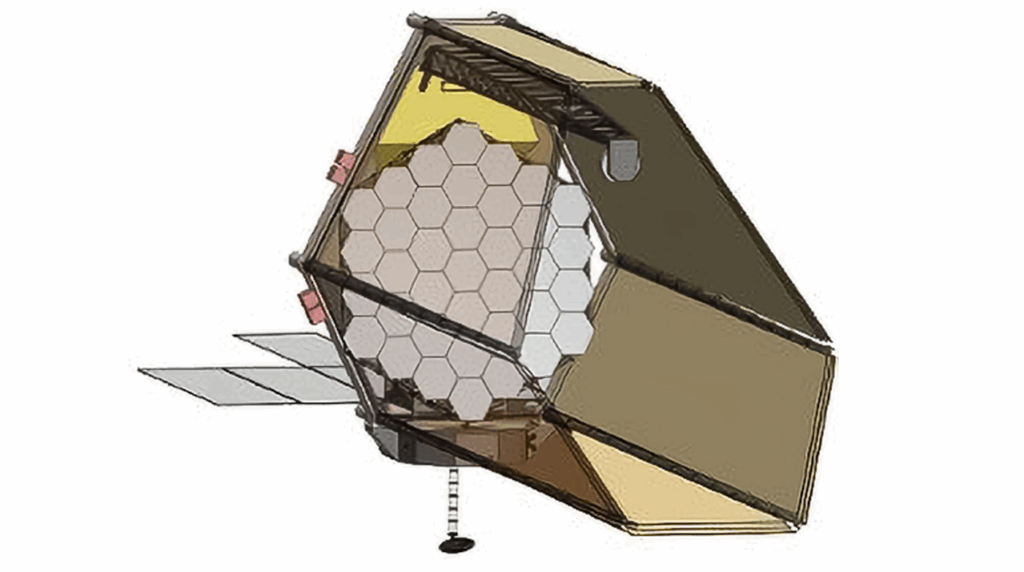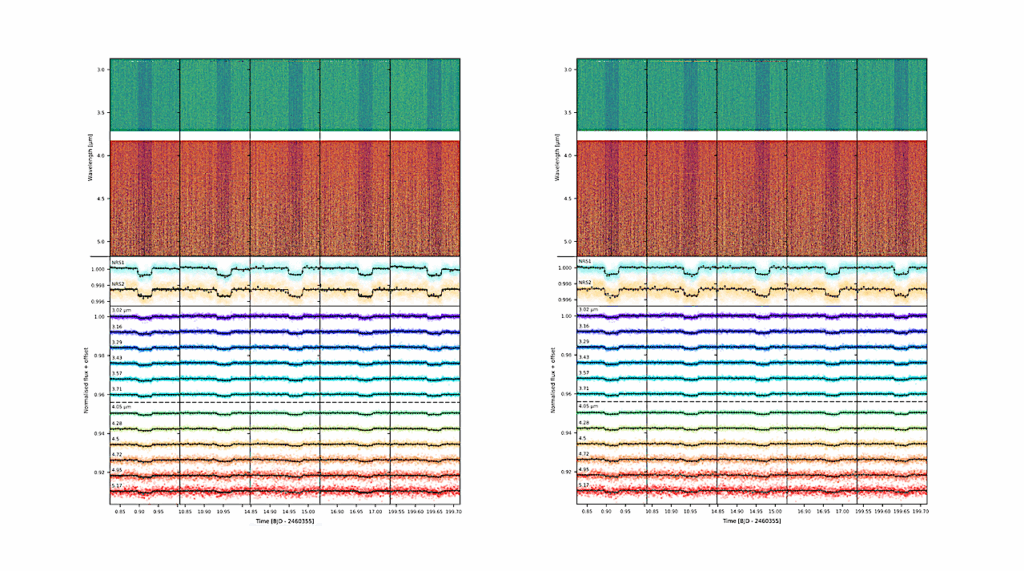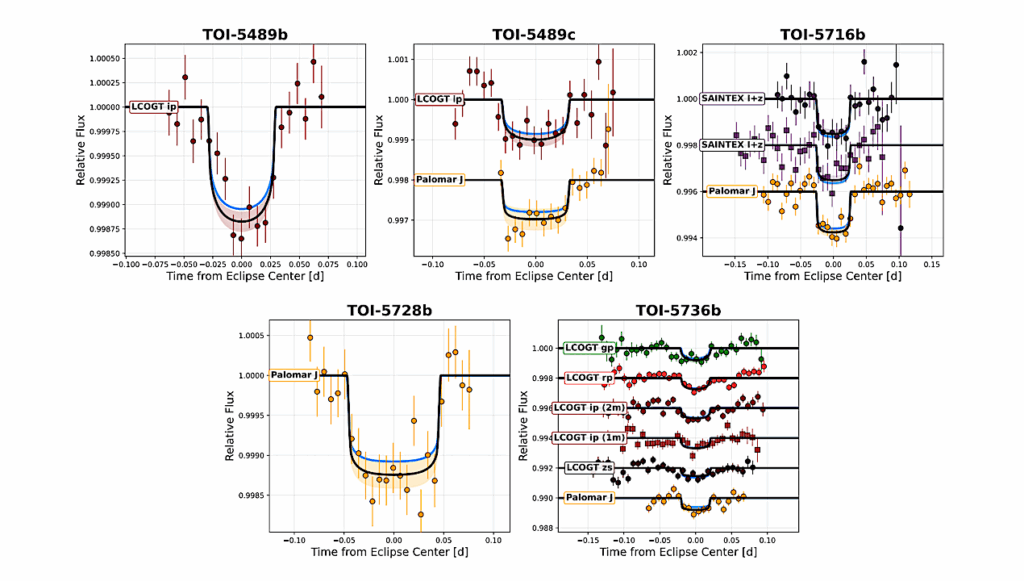Inner Edge of Habitable Zone For Synchronously Rotating Planets Around Low-mass Stars

Terrestrial planets at the inner edge of the habitable zone of late-K and M-dwarf stars are expected to be in synchronous rotation, as a consequence of strong tidal interactions with their host stars.
Previous global climate model (GCM) studies have shown that, for slowly-rotating planets, strong convection at the substellar point can create optically thick water clouds, increasing the planetary albedo, and thus stabilizing the climate against a thermal runaway. However these studies did not use self-consistent orbital/rotational periods for synchronously rotating planets placed at different distances from the host star. Here we provide new estimates of the inner edge of the habitable zone for synchronously rotating terrestrial planets around late-K and M-dwarf stars using a 3-D Earth-analog GCM with self-consistent relationships between stellar metallicity, stellar effective temperature, and the planetary orbital/rotational period.
We find that both atmospheric dynamics and the efficacy of the substellar cloud deck are sensitive to the precise rotation rate of the planet. Around mid-to-late M-dwarf stars with low metallicity, planetary rotation rates at the inner edge of the HZ become faster, and the inner edge of the habitable zone is farther away from the host stars than in previous GCM studies.
For an Earth-sized planet, the dynamical regime of the substellar clouds begins to transition as the rotation rate approaches ~10 days. These faster rotation rates produce stronger zonal winds that encircle the planet and smear the substellar clouds around it, lowering the planetary albedo, and causing the onset of the water-vapor greenhouse climatic instability to occur at up to ~25% lower incident stellar fluxes than found in previous GCM studies. For mid-to-late M-dwarf stars with high metallicity and for mid-K to early-M stars, we agree with previous studies.
Inner Edge of Habitable Zone For Synchronously Rotating Planets Around Low-mass Stars Using General Circulation Models
Ravi kumar Kopparapu, Eric T. Wolf, Jacob Haqq-Misra, Jun Yang, James F. Kasting, Victoria Meadows, Ryan Terrien, Suvrath Mahadevan
(Submitted on 16 Feb 2016)
Comments: Accepted to Astrophysical Journal. 31 pages, 11 figures
Subjects: Earth and Planetary Astrophysics (astro-ph.EP)
Cite as: arXiv:1602.05176 [astro-ph.EP] (or arXiv:1602.05176v1 [astro-ph.EP] for this version)
Submission history
From: Ravi Kumar Kopparapu
[v1] Tue, 16 Feb 2016 20:40:35 GMT (1086kb,D)
http://arxiv.org/abs/1602.05176








